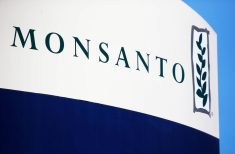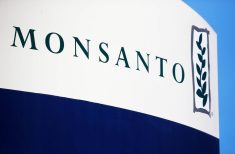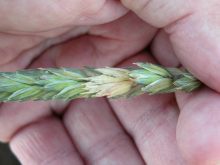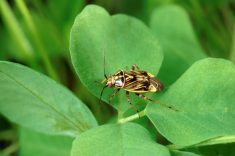As noted in the article Glyphosate: treating science like a buffet (Manitoba Co-operator, Aug. 19), public pressure has caused Health Canada to delay a proposed increase to the amount of glyphosate allowed on legumes as a residue.
The authors of the article then go on to suggest that the idea of glyphosate being dangerous (other than when applied outside of guidelines), is a misrepresentation done by people who pick and choose their source of information. The authors then go on to do what they condemn, by citing a European Union report that condemns glyphosate as being not cancer causing.
Read Also
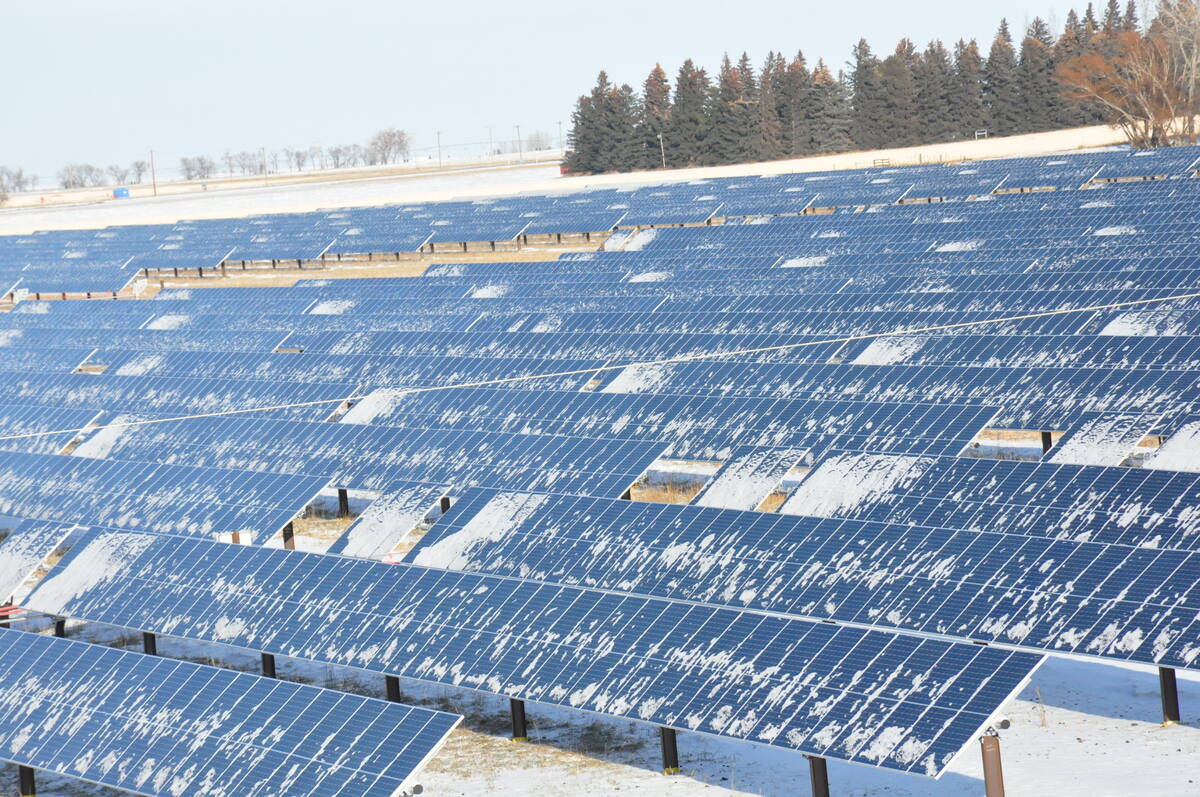
Why agriculture is Canada’s energy ace
Why isn’t agriculture getting more play in Canada’s quest for efficient, renewable energy production? It should be
From my position as a farmer who, in his childhood, saw the introduction of the first post-emergent wild oats herbicide, Carbine, I have been witness to an ever-increasing line of products designed for one purpose alone, to increase a farmer’s bottom line. And let’s be clear about this, farmers use chemicals for one overriding purpose, profit.
Balanced against this are an ever-increasing number of incidents of allergies, cancers and learning disorders amongst our children. No, I can’t say there is a direct link, but I do question how the life forms that we grow, plant or animal can be enhanced with the deliberate application of synthetic toxins into the food chain.
And to this I must ask: Are we so invested with the idea of making money that we are prepared to risk the health and well-being of our children and those yet to come?
Wayne James
Beausejour, Manitoba


